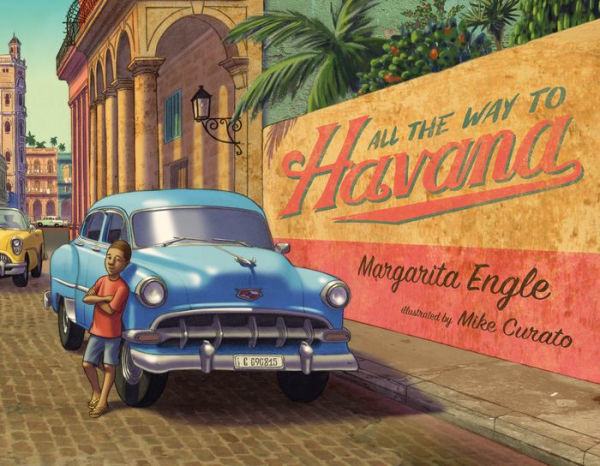Alexander Calder (1898-1976) famously transposed modernist visual abstraction into three-dimensional space, initially doing so in the context of European abstract artists such as Mondrian. In 1933, leaving Paris for his native United States, he settled in an old farmhouse in Roxbury, Connecticut, where the forms of nature became a new source of inspiration for his creativity. By the summer of 1934, Calder was producing his first outdoor sculptures. His monumental standing mobile "The Tree" (1966) exemplifies this new tension between abstraction and figuration. This volume, published for an exhibition at the Fondation Beyeler, tracks Calder's evolution away from geometric abstraction and toward large-scale biomorphism via the tree motif. It includes maquettes that anticipate "The Tree" as well as a striking group of rarely seen sculptures from the 1930s to the 1950s.
Alexander Calder (1898-1976) famously transposed modernist visual abstraction into three-dimensional space, initially doing so in the context of European abstract artists such as Mondrian. In 1933, leaving Paris for his native United States, he settled in an old farmhouse in Roxbury, Connecticut, where the forms of nature became a new source of inspiration for his creativity. By the summer of 1934, Calder was producing his first outdoor sculptures. His monumental standing mobile "The Tree" (1966) exemplifies this new tension between abstraction and figuration. This volume, published for an exhibition at the Fondation Beyeler, tracks Calder's evolution away from geometric abstraction and toward large-scale biomorphism via the tree motif. It includes maquettes that anticipate "The Tree" as well as a striking group of rarely seen sculptures from the 1930s to the 1950s.

All the Way to Havana
40
All the Way to Havana
40Related collections and offers

Product Details
| ISBN-13: | 9781627796422 |
|---|---|
| Publisher: | Henry Holt and Co. (BYR) |
| Publication date: | 08/29/2017 |
| Pages: | 40 |
| Sales rank: | 26,873 |
| Product dimensions: | 11.10(w) x 8.60(h) x 0.50(d) |
| Age Range: | 4 - 8 Years |
Customer Reviews
Explore More Items
A celebration of diverse families plus a clever 1-10 counting element in this unabridged board book edition of One Family.
Just how many things can "one" be? One box of crayons. One batch of cookies.Lots of things at the beach
Winner of the TD Canadian Children’s Literature Award
A young boy wakes up to the sound of the sea, visits his grandfather’s grave after lunch and
Somewhere in Sydney, Australia, a boy and
★ "An inviting tale that will stretch inquisitive and observant young minds." —Kirkus, starred review
A beautiful, lyrical book about
"One magical, impossible treehouse after another." —The Wall Street Journal
Treehouses are for wonder.
Treehouses are for snacks.
Treehouses are for whispers and
"Here I am, Grandpa!"
"Ah, Sophie, how was your day?"
As Sophie
But no one appreciates his art. Until one day, Niko meets Iris . . .
This imaginative and
